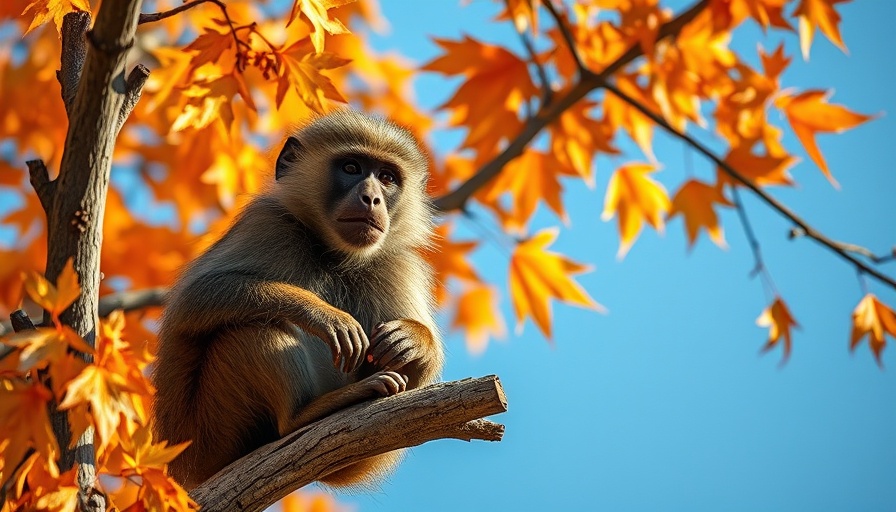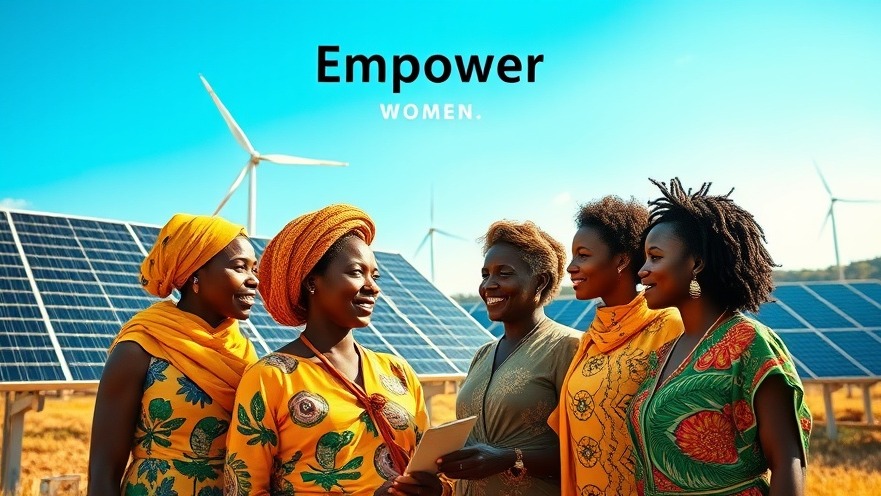
Rewilding Nhamacoa: A Hopeful Echo of Forest Resilience
Once vibrant with the melodies of nature, Mozambique’s Nhamacoa Forest now finds itself on the brink of silence. This forest, rich in trees and wildlife, faces a silent crisis characterized by reductions in tree cover and the gradual disappearance of local species. Communities dependent on this ecosystem are feeling the impact, as the loss of biodiversity threatens not just wildlife, but also cultural and ecological heritage.
The Urgency of Reforestation in Africa
The reforestation movement in Nhamacoa is pivotal in addressing today's increasing environmental challenges. Forests are integral, serving as the lungs of our planet, supporting countless species and human life. For many, reforestation isn't merely an environmental issue; it’s a matter of survival. As the late conservationist David Shepherd noted, wildlife has been marginalized to just 2% of the Earth—a stark reminder of the urgency surrounding conservation efforts today.
Growing a Greener Future: The Community's Role
Partnering with local organization Trees4Moz, volunteers have planted over 45,000 trees in the Nhamacoa region. This initiative emphasizes community participation, providing seedlings to local families and farmers, which is essential for restoring degraded lands. The project illustrates a collaborative spirit, where even children play a role in collecting seeds, symbolizing hope for the future. The diverse tree species cultivated include the Chanfuta, Panga Panga, and Pau Ferro, which are deeply intertwined with local cultural practices, contributing to healing traditions and sustainable materials.
Wildlife's Return: Signs of Rejuvenation
Recently, the rewilding efforts have shown promising signs, with wildlife returning to the forest, including Samango monkeys that are becoming a recurring sight. The introduction of more native species, such as the kapok tree, not only enhances biodiversity but also makes the forest resilient and functional. This multifaceted approach to conservation is vital in ensuring ecosystems thrive, allowing people and wildlife to coexist harmoniously.
Building Collaborative Futures Through Conservation
The success of the Nhamacoa project reflects a broader trend in sustainable practices across Africa. As conservation aligns with community empowerment, it can lead to improved livelihoods and reduce the carbon footprint, reinforcing the importance of sustainable energy and agriculture. Impact investing and green technology are crucial in advancing this narrative, offering financial support for initiatives that protect biodiversity and tackle climate change.
Support and participation in projects like those in Nhamacoa empower local communities while addressing urgent climate crises. By getting involved or contributing, we can foster resilience against the environmental challenges that lie ahead, ensuring a sustainable future for both nature and humanity.
 Add Row
Add Row  Add
Add 


Write A Comment